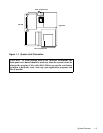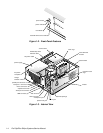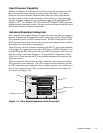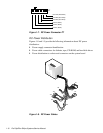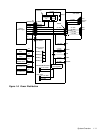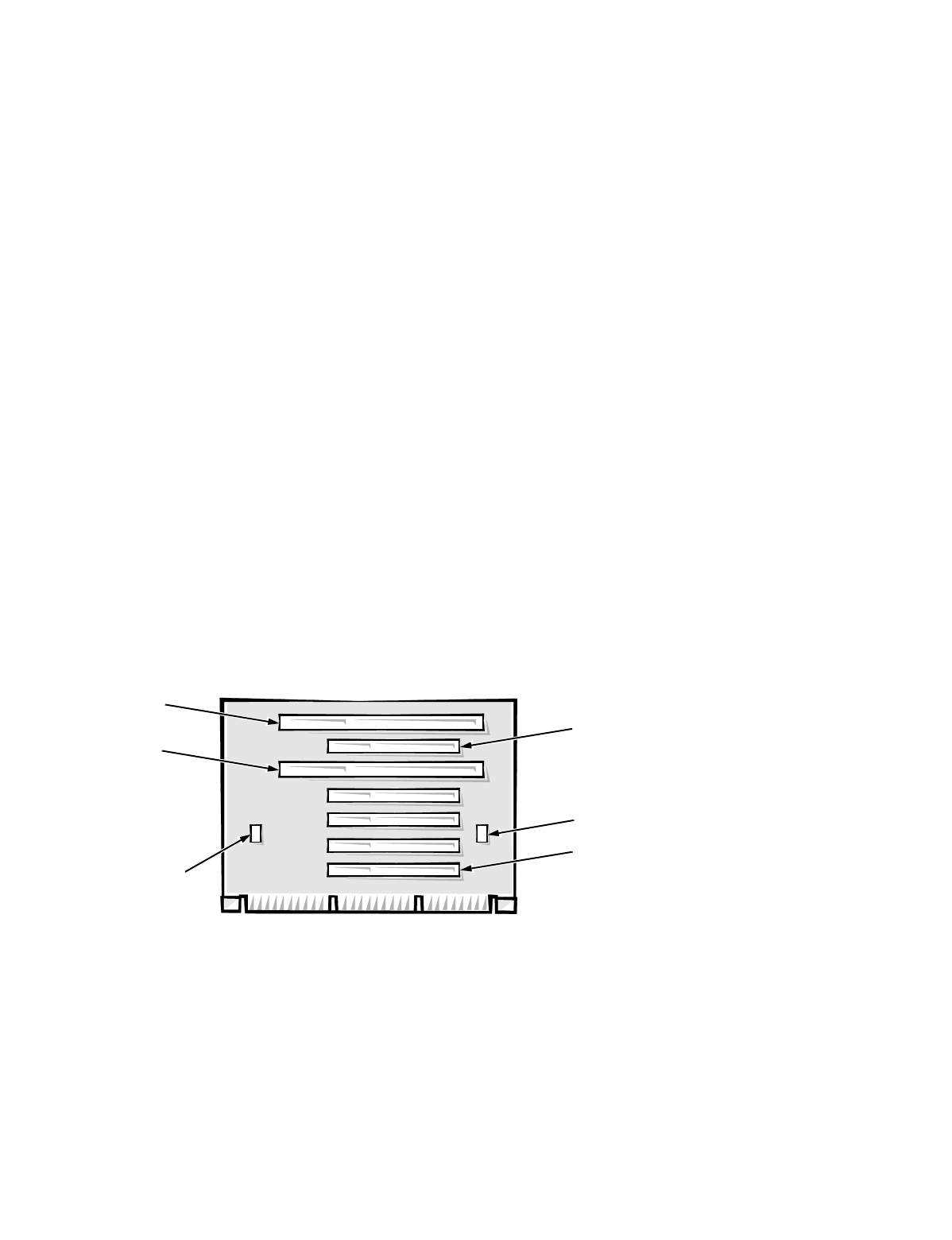
System Overview 1-5
Dual-Processor Capability
With the installation of a microprocessor add-in card in the terminator card slot,
the system unit becomes a dual-processing system. The add-in card’s micro-
processor must have the same frequency and cache size as the system board’s
microprocessor. In order to take advantage of two processors, dual-processing
systems must have multiprocessing operating systems, such as the Microsoft
®
Windows NT
®
3.5x, Windows NT 4.0, and Novell
®
NetWare
®
SMP (symmetric
multiprocessing) operating systems. The microprocessor chips on both the system
board and the processor card are replaceable.
Advanced Expansion Subsystem
The computer system offers advanced expansion subsystems that can support a
mixture of traditional ISA expansion cards (called legacy cards), Plug and Play
ISA expansion cards, and PCI expansion cards. The ISA Configuration Utility
(ICU) included with the system provides a means of avoiding resource conflicts
that might arise from such an arrangement.
After all legacy cards have been configured with the ICU, the system automati-
cally assigns any required memory space, IRQ lines, and DMA channels to any
installed Plug and Play ISA expansion cards and PCI expansion cards the next
time the system is rebooted. Chapter 4, “Using the ISA Configuration Utility,”
in the User’s Guide describes the ICU and provides instructions for using it to con-
figure the system.
The five expansion slots include two ISA expansion-card connectors and five
PCI expansion-card connectors. (Two PCI expansion-card connectors and the
two ISA expansion-card connectors share a single expansion slot, resulting in a
total of five expansion slots.) The expansion-card connectors are located on a
riser board (see Figure 1-4).
Figure 1-4. Riser-Board Expansion-Card Connectors
ISA2
ISA1
PCI 5
PCI1
JHDLED connector
JMIDI connector









